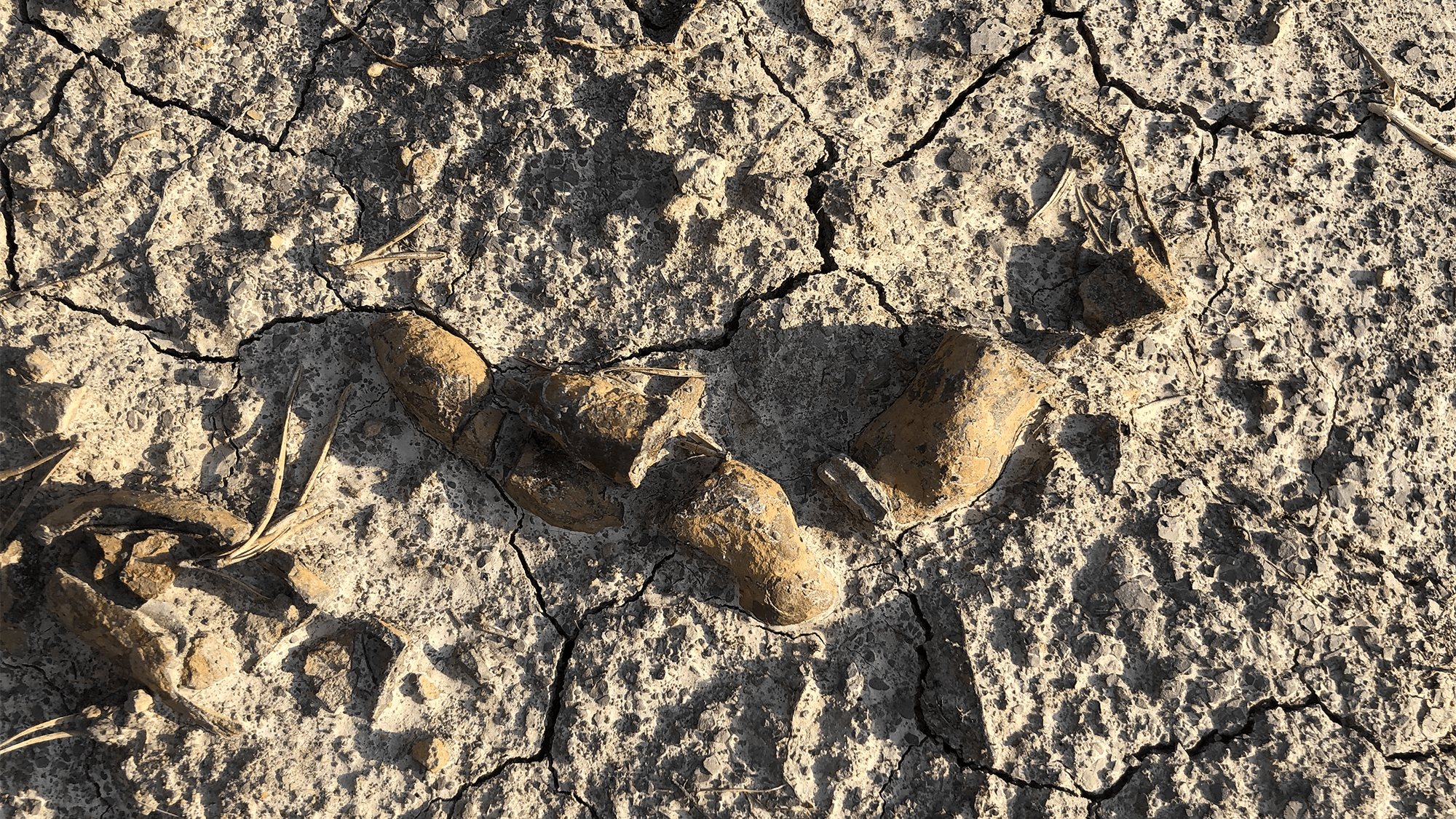While it is not quite as big as a Tyrannosaurus rex skeleton, fossilized poop can help paleontologists recreate lost worlds. It can tell scientists what extinct animals like dinosaurs ate, but more importantly the role that they played in their environment. Now, some 200-million-year old fecal and vomit samples are helping scientists recreate how these giants became the kings of a prehistoric ecosystem. The findings are detailed in a study published November 27 in the journal Nature.
“The most surprising aspect was discovering how well-preserved and diverse the food remains inside the fossilised droppings and vomits,” Martin Qvarnström, a study co-author and a paleontologist at Uppasala University in Sweden, tells Popular Science. “We found bones, teeth, fish scales, plant fragments, and even tiny beetles, which give us a unique glimpse into ancient diets.”

These specimens were uncovered in present day Poland and date back to the Late Triassic and early Jurassic. During this era, Earth’s land was locked into one giant super continent called Pangea. When the landmass began to break apart, internal seaways brought some more moisture and humidity to a previously dry climate.
“At the end of the Triassic it became more humid in [the] Polish Basin, and ferns and various moisture-loving plants flourished,” Grzegorz Niedzwiedzki, a study co-author and Uppasala University paleontologist, tells Popular Science. “Herbivorous dinosaurs loved these fern forests and fed on them.”
Initially, large amphibians and non-dinosaur reptiles dominated the landscape with some of the first small mammals, turtles, and pterosaurs. However, about 200 million years ago during the Triassic-Jurassic transition, dinosaurs truly rose to dominance while other animal groups became extinct.
In the study, Qvarnström, Niedzwiedzki, and other paleontologists from Norway, Poland, and Hungary examined over 500 fossilized remains of digestive material called bromalites. Using advanced synchrotron imaging, they visualized the hidden, internal parts of the fossilised faeces–or coprolites–in detail. They identified the undigested food remains of plants and animal prey with climate data and information from other fossils to recreate the structure of the ecosystems when dinosaurs rose to dominance in the northern regions of Pangea.

“I think that dinosaurs felt good in this world, they wandered among the floodplains of large rivers, looking for the best places to feed,” says Niedzwiedzki. “Probably from time to time there were dramas, when herds of herbivores were attacked by predators. Their numerous three-toed, with large claw imprints, 40 cm [15 inches] long tracks of predators are found.”
Some of the poop fossils contained the remains of fish, insects, larger animals, and plants. Others had bones chewed up by predators that would have crushed bones to get to various salts and marrow, similar to what modern hyenas do. The coprolites from long-necked sauropods–aomg the first herbivorous dinosaurs–contained large quantities of tree ferns and other types of plants.

“In one of the coprolites we found incredibly preserved plant remains, they are preserved with details like cells or various structures in a leaf,” says Niedzwiedzki. “They passed through the digestive tract of dinosaurs, probably thanks to bacteria they were well preserved.”
The herbivore droppings also had traces of charcoal. The team believes that the sauropods ate the charcoal to detoxify stomach contents, since ferns can be toxic to herbivores.
[Related: The Poozeum: Fossilized bug farts, T. rex poop, and more ancient coprolites.]
According to the team, the study addresses a 30-million-year gap in our understanding of dinosaur evolution. While much is known about their lives and extinction, less is known about the ecological and evolutionary processes that led to their eventual successes as a species.
“Studying the processes that led to the rise of dinosaurs over 200 million years ago might feel distant, but it’s both fascinating in itself and relevant today,” says Qvarnström. “Understanding how dinosaurs rose to dominance teaches us about the long-term impacts of climate change and extinction events. These ancient patterns can help us better grasp the modern and future challenges of climate change and extinction.”


